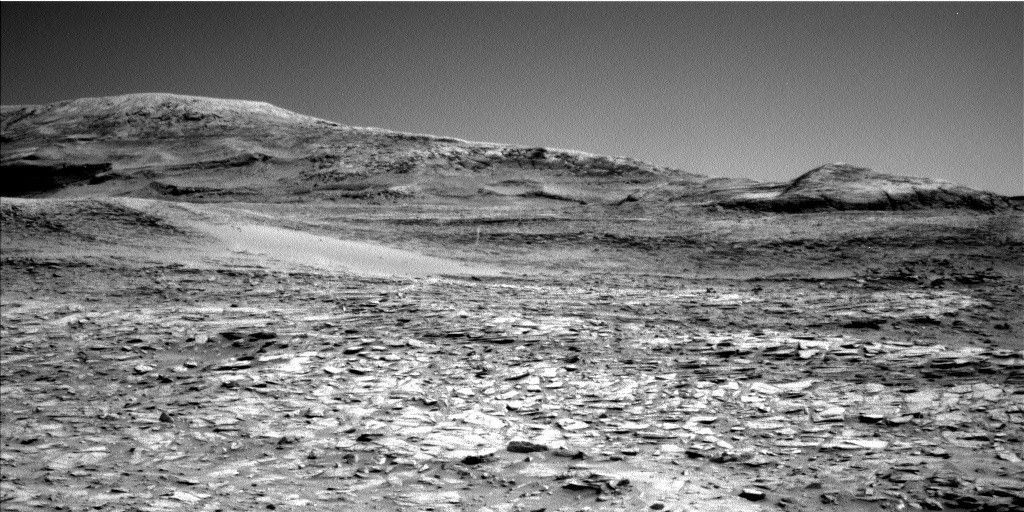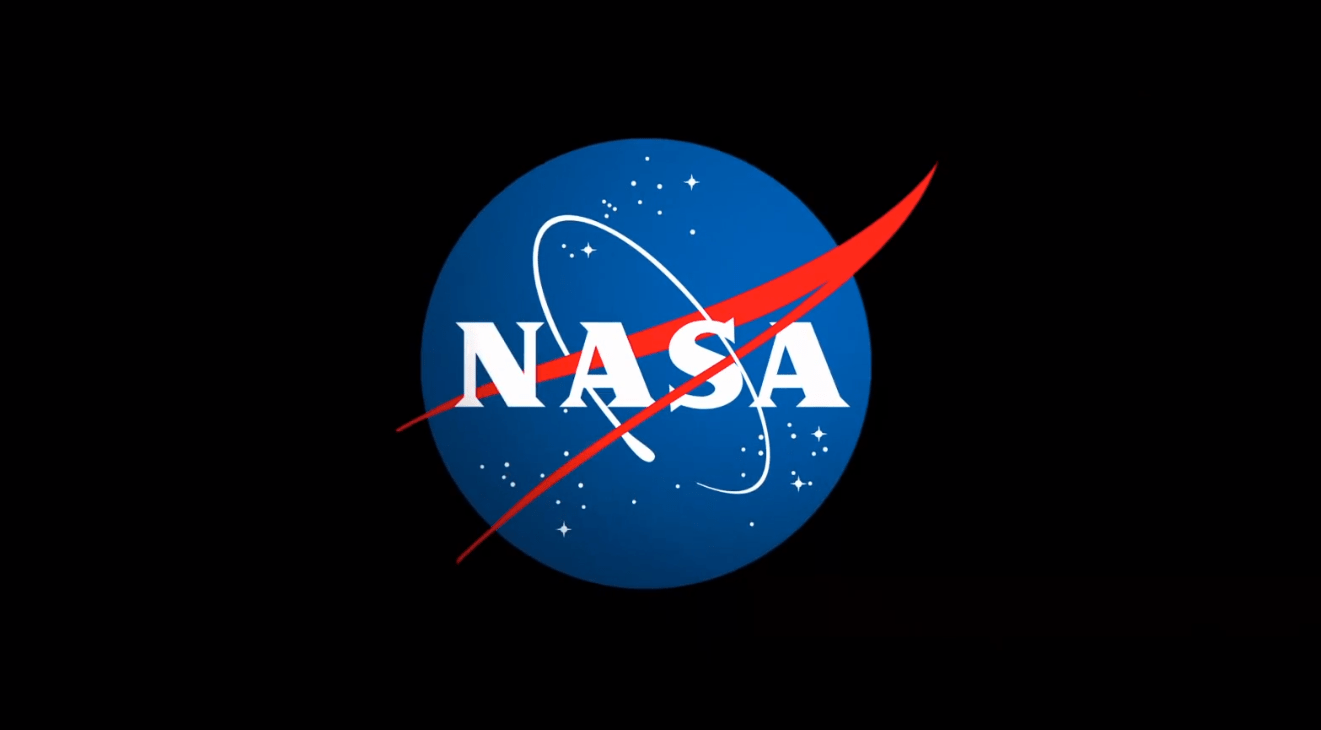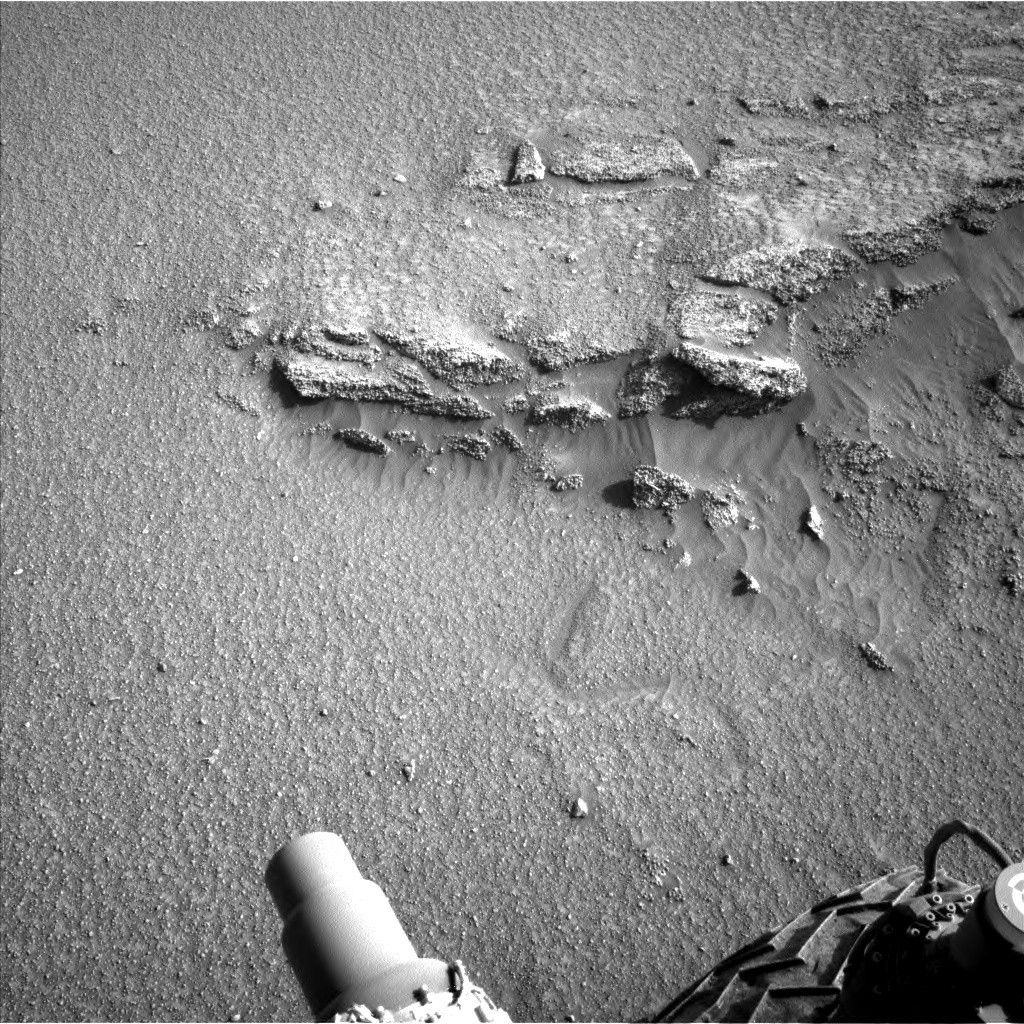Now Reading: Curiosity Rover Explores Vast Martian Landscapes: Sols 4597-4599
-
01
Curiosity Rover Explores Vast Martian Landscapes: Sols 4597-4599
Curiosity Rover Explores Vast Martian Landscapes: Sols 4597-4599

Swift Summary
- Event: Members of the Mars Science Laboratory Mission Team are conducting geological analyses and environmental monitoring on Mars, with curiosity rover capturing extensive images and scientific data.
- Key Highlights:
– Curiosity recently completed a triumphant drive of approximately 61 meters (200 feet), enabling detailed imaging of boxwork ridges near Mount Sharp.
– A total of 105 pictures were captured using Mastcam and ChemCam to study geological formations like fractures, nodules, and underlying structures.
– Nodules less than 1 cm in size were found in nearby bedrock; instruments like MAHLI, APXS, and ChemCam will investigate its chemistry.
– Environmental monitoring by REMS, RAD, DAN includes observations on dust devils, atmospheric dust levels, clouds (including a cloud movie matched to the CASSIS instrument overflight).
– The weekend plan involves driving closer to a ramped slope leading to another geologically notable boxwork structure.
- Objective: To analyze Martian geologic history through advanced imaging techniques while continuing environmental studies on subsurface attributes around Mount Sharp.
image: (The raw text did not include any embedded image description.)
Indian Opinion Analysis
India’s growing interest in space exploration is fueled by collaborations and advances from agencies like ISRO alongside the global achievements NASA showcases here with Curiosity’s findings. Such missions provide critical insights into planetary geology – a field relevant for India’s upcoming Gaganyaan human spaceflight ambitions or subsequent lunar/martian exploration aspirations.
The detailed analysis methodologies used can serve as inspiration for advancing India’s competencies in robotic imagery collection systems critical for interplanetary research. Moreover, investments toward enhanced instruments similar to those applied here (APXS or MAHLI) would elevate India’s capabilities for autonomous space missions designed toward astrobiological finding or climate understandings across neighboring planets.
Moreover, this kind of scientific pursuit reflects how rigorous environmental monitoring expands knowledge horizons not only about other worlds but also offers comparative analytics beneficial for addressing Earth-centric challenges like climatic shifts – an issue highly pertinent within India’s developmental context today.




























